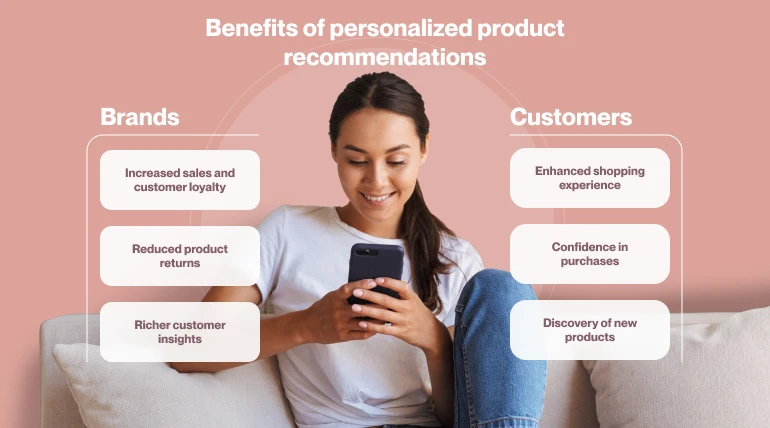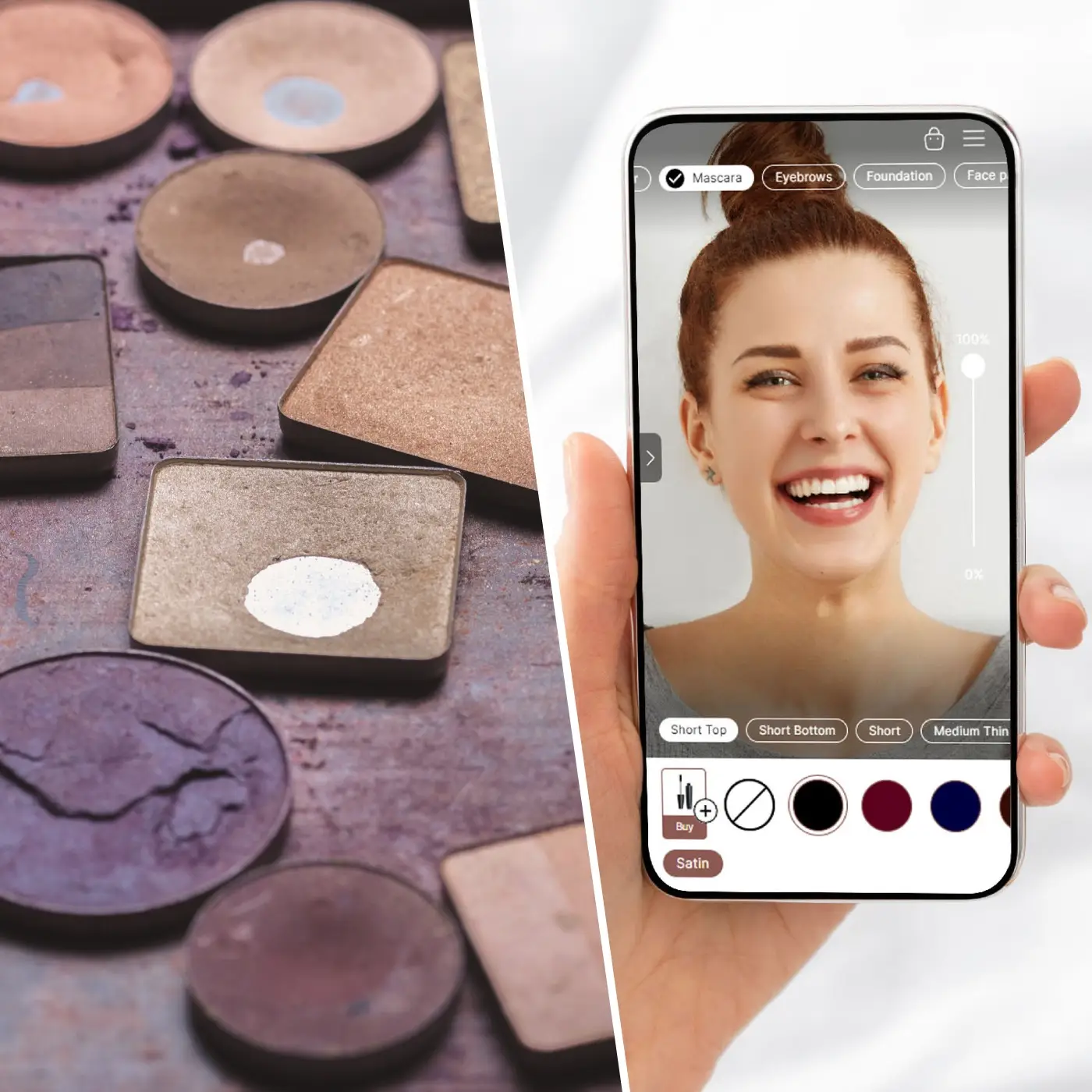When you Google “in-store makeup tester,” some of the top results will be about how dangerous they are and whether it is safe to use them.
From articles to forums on Quora and Reddit, experts and users alike are voicing concerns. What does this tell you?
Hygiene concerns are at an all-time high, and the beauty industry is witnessing a significant shift.
The traditional in-store makeup testers, once a staple of the beauty shopping experience, are now being replaced by AI-powered solutions like virtual try-ons.
This transformation is not just a trend but a response to overwhelming consumer demand for safer, cleaner, and more convenient ways to test makeup.
So, let’s see where consumers stand now, what their expectations are, and how you can meet and leverage those expectations.
The hygiene concern with the traditional makeup tester
The use of in-store makeup testers has long been a topic of discussion, particularly concerning hygiene.
Articles and tips on how to use them safely, such as avoiding direct application to eyes and lips, are abundant. However, these precautions can often defeat the purpose of testers.
The concern for hygiene was significantly heightened during the COVID-19 pandemic, leading to a “no touch policy” in many stores and predictions of a rise in AI and virtual try-ons.
Dr. Elizabeth Brooks’ study highlights the severity of the issue. Over a two-year period, her research found that:
- 100% of makeup tested on the busiest days contained traces of E.coli, herpes simplex virus, staph, strep, and other bacteria.
- On regular days, 67% to 100% of samples from department stores showed bacterial contamination.
Such statistics have led to increased consumer reluctance to use these testers. A study by Perfect365 found that:
- 63% of makeup consumers avoid in-store makeup swatches due to fear of germs and contamination.
Downsides of in-store makeup testers
We can, therefore, see that traditional in-store makeup testers come with several downsides. Here are some of the main ones:

- Environmental impact: Cosmetic testers contribute significantly to pollution and waste.
- Packaging waste: Most tester packaging, predominantly plastic, end up in landfills, contributing to the global plastic pollution issue.
- Carbon footprint: The lifecycle of testers—from production to disposal—adds to carbon emissions.
- Hygiene risks: Testers used by numerous people become hotspots for germs, increasing the risk of skin infections and other health issues.
- Spreading germs: Shared applicators can spread germs from one person to another, raising health risks.
The rise of AI and the virtual makeup try-on
The shift in consumer behavior towards hygiene and safety has paved the way for AI-powered makeup testers and virtual try-ons (VTOs). Brands are now leveraging these technologies to meet new consumer expectations.
And consumer statistics show a significant preference for these innovations:
- 63% of makeup consumers now avoid in-store makeup swatches.
- 90% of Americans and 93% of Gen Z consumers want to use virtual try-on tools for shopping.
- 92% of Gen Z are inclined to use augmented reality (AR) for shopping, with 88% specifically interested in using AR for makeup try-ons.
- 57% of beauty consumers prefer online research before making in-store purchases, highlighting the research-online/purchase-offline (ROPO) effect.
These preferences indicate a clear shift towards virtual solutions, driven by both hygiene concerns and the convenience of digital tools.
How to leverage new consumer expectations to your benefit
Beauty brands can capitalize on new consumer expectations by integrating advanced virtual solutions into their marketing and sales strategies. Here are several ways to achieve this.
- Virtual try-ons: Offer customers a safe and interactive way to test products from the comfort of their homes. Virtual makeup try-ons provide a personalized and engaging experience that can boost customer loyalty and increase sales.

- QR codes: Strategically place QR codes on product packaging, in-store displays, and online advertisements. These codes can direct consumers to virtual try-on experiences or detailed product information, enhancing their shopping journey.
- Online product recommendation system: Implement AI-driven recommendation systems that suggest products based on individual preferences, previous purchases, skin tone, or face shape. This personalized approach meets the demand for convenience and helps customers find the perfect products quickly and efficiently.

By embracing these virtual solutions, beauty brands can stay ahead of the curve, attract tech-savvy consumers, and ultimately boost their market presence.
Adapt to consumer demands with makeup tester online
The data is clear: consumers are moving away from traditional in-store makeup testers due to hygiene concerns and are increasingly favoring AI and virtual try-ons.
Brands that embrace these digital tools can not only meet new consumer expectations but also enhance customer satisfaction and contribute to environmental sustainability.
As the beauty industry continues to evolve, the integration of AI and virtual solutions will undoubtedly play a pivotal role in shaping the future of makeup testing.
If you want to be part of that future, too, don’t hesitate to contact us today and we’ll help you!
Implement virtual try-on today
Adapt to consumer demands, boost your business, and embrace virtual makeup testers with Arbelle!
